Muslim Architecture in Pakistan: Aspects of Public Welfare
This study, the first of its kind, is based on the author’s own architectural documentation and photography. The historical monuments studied in this book include baolies (step-wells), caravanserais, baradaries, kos minars, bridges, and hammams, which were meant for the welfare and comfort of the public. These were constructed during the Muslim rule in the areas now forming Pakistan. The book is illustrated with photographs and plans of some selected examples of such structures. Muslim rulers evinced great interest in raising splendid structures, many of which—particularly those reflecting the public welfare aspects of Muslim architecture— are yet to be properly explored and studied. Khurshid Hasan Shaikh has undertaken the task of documenting and studying such public welfare structures in Pakistan, as owing to the passage of time, vagaries of nature, and continued neglect, all such buildings have suffered. This book highlights the significance of the public welfare aspects of the vanishing architectural heritage of the Muslim era in Pakistan.
Get it now and save 10%
BECOME A MEMBER

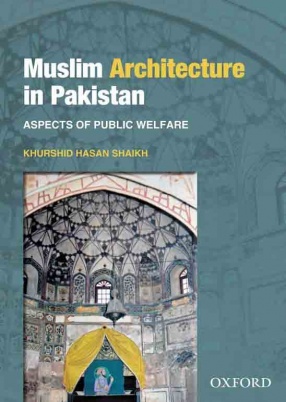
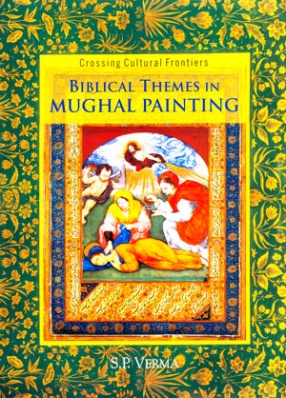
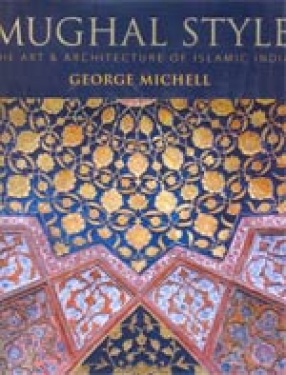
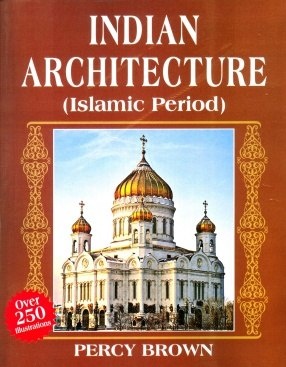
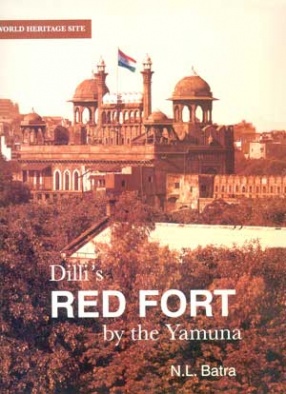

Bibliographic information